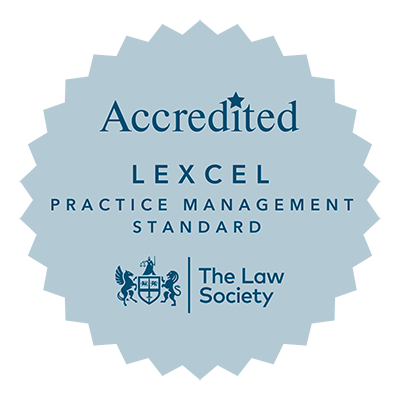Border disputes between neighbours can be some of the most fiercely contested and ugly conflicts in modern society. From someone’s fence being a couple of inches over their boundary to overhanging trees, high hedges or fences or the dreaded Public Footpath across private land, it seems there are a multitude of ways to annoy the neighbours without saying a word. Let’s have a look at the guidelines around border disputes, and how to resolve them.
Drawing the line – where are boundaries recorded?
You’ll usually find your property boundaries marked out on your deeds. However, with older properties the lines can get a little blurred over time and it can be difficult to precisely know who owns a hedge, fence, or trees between two properties. Walls are often a little easier to determine, but even these can be the subject of disputes if there’s no precise indication as to where the original wall should be.
Your title plan (which can be accessed for a small fee from the government records) may throw a little more light on where a boundary runs, but again this will depend on the age of the property. If your house is an old cottage then there may be very little information as to the exact location of the boundary, unless it’s marked by a stream or other permanent natural feature.
Fences and hedges
These are often the cause of real vitriol between warring neighbours, especially if a hedge starts to get out of control. If fences become damaged then there may be justification in asking the owner to repair it, especially if you or the neighbour have dogs who may then get onto the adjacent property and cause damage. There are no real regulations for how high a natural hedge can be, but if it starts to shade your property then you may be within your rights to ask your neighbour to have the hedge trimmed to a more manageable level if it is overhanging into your property, but again, there’s no actual legislation that you can use to enforce this.
If a hedge is blocking out your light you can prune it back, but you cannot reduce its height. If you live in a particularly old property then you may find that a hedgerow has legal protection and cannot be trimmed without the express permission of the owner or, in some cases, the local authority.
The only way you can justify any form of action is if the lack of care causes damage to your property, such as tree roots growing under your house or buildings.
Sorting the problem out
Neighbour disputes over boundaries and overgrown trees fall under civil law, so unless things degenerate so badly that you feel physically threatened then there’s absolutely no point in calling the Police to settle an argument. They will not respond to neighbourly disputes over a boundary argument.
The best way to resolve the situation is to talk. Emotions can run high, so if the situation has really escalated out of control then you can call in a mediator who can talk to both parties and get them around a table. The Citizens Advice Bureau can help with mediation services, or you can call in a solicitor who specialises in boundary disputes and property law. They’ll be able to research the boundary and try to find an exact and defining map to show exactly where the line is. If the dispute is due to overhanging trees or out-of-control shrubs then they’ll be able to help you with local bylaws and regulations that may influence the outcome.
Remember that no matter what happens, you’re still going to have to find a way to live with each other after the dispute is over, so mediation is by far and away the best route to tackling a boundary dispute and resolving the situation amicably. Be prepared to pay, though, as legal disputes over boundaries have been known to drag on for years. Sometimes it’s easier, quicker, and cheaper to sit down over a cup of tea and sort things out peaceably!
This article aims to supply general information, but it is not intended to constitute advice. Every effort is made to ensure that the law referred to is correct at the date of publication and to avoid any statement which may mislead. However, no duty of care is assumed to any person and no liability is accepted for any omission or inaccuracy. Always seek our specific advice.










